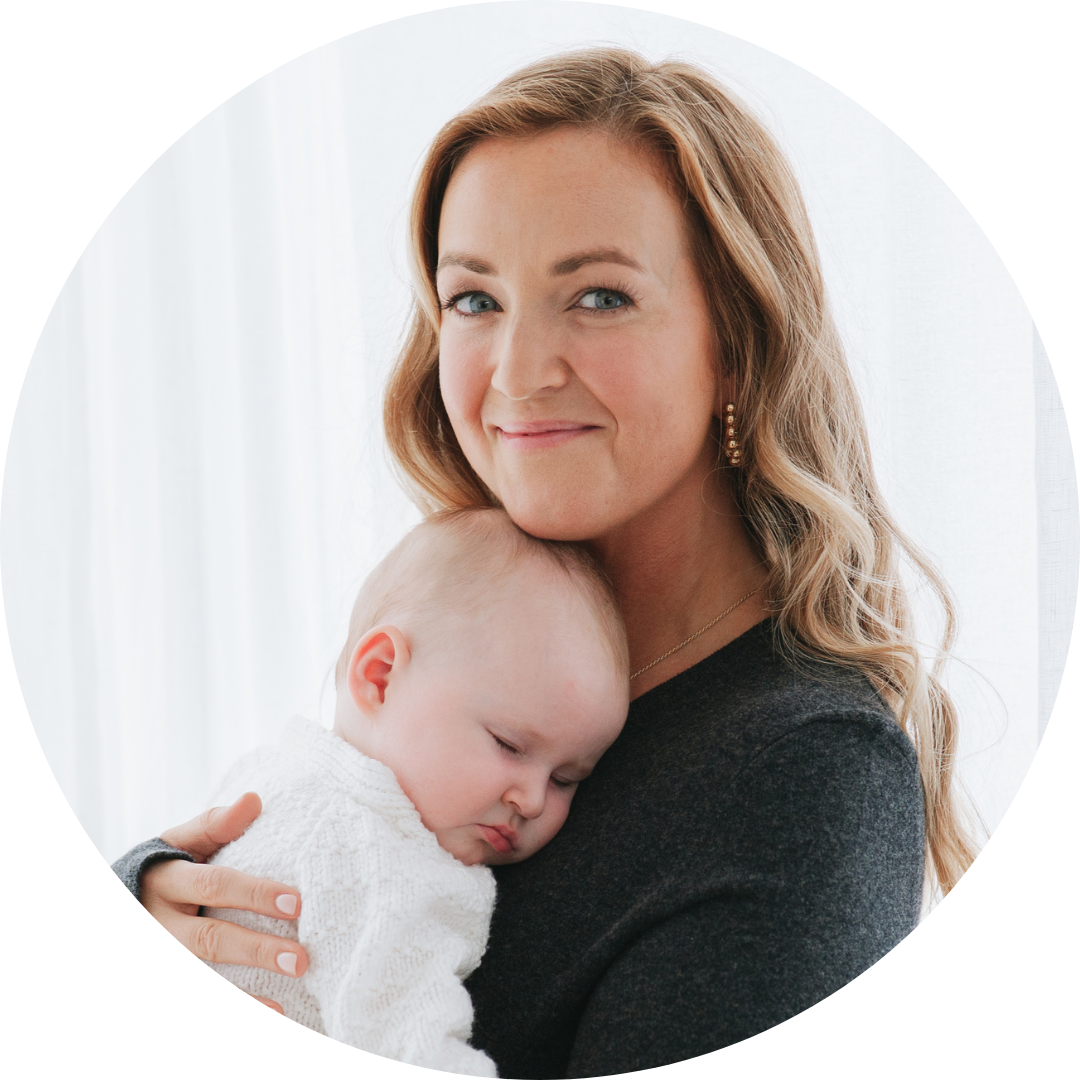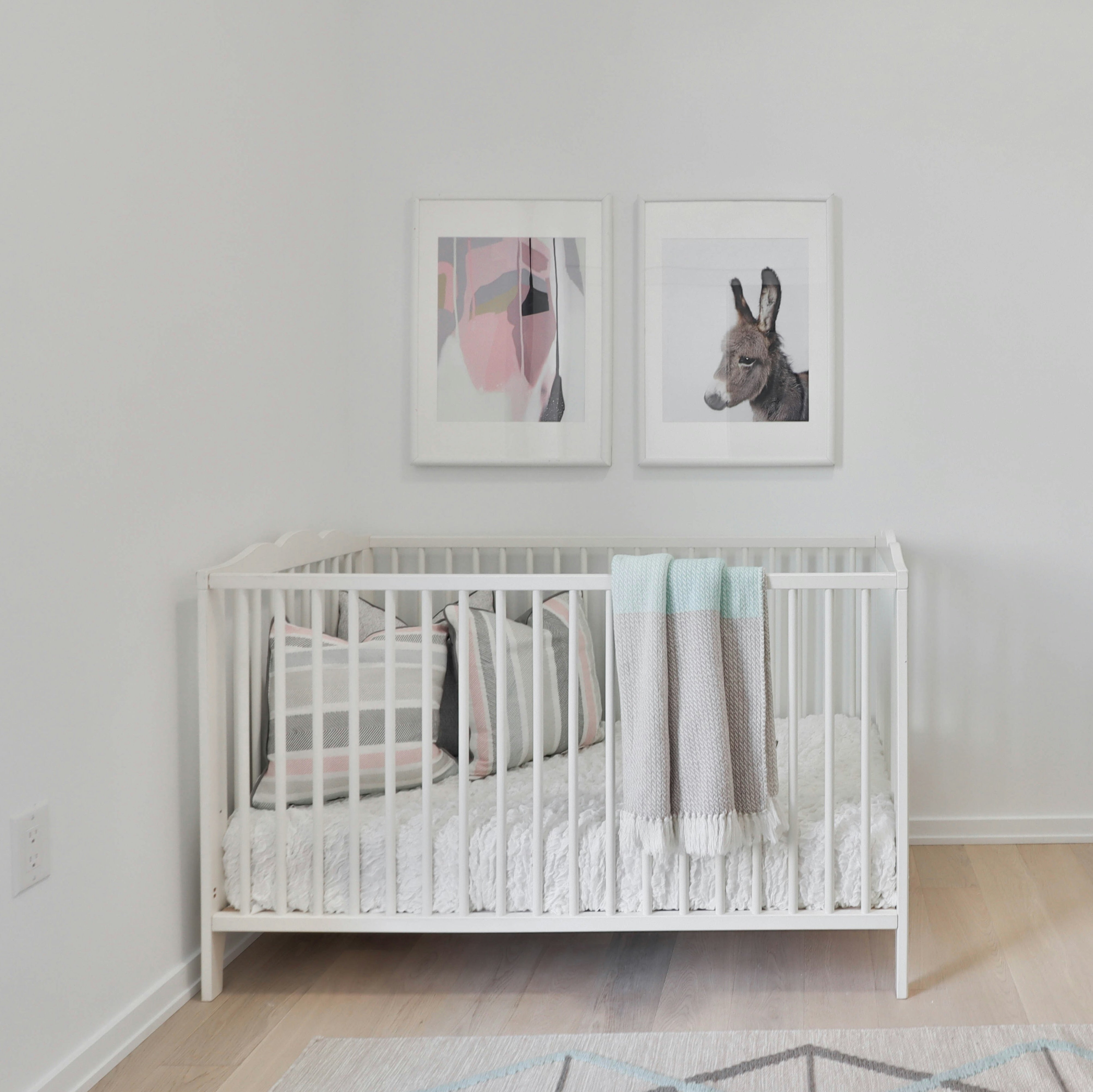Naps are a hugely important part of a baby's sleep routine, providing them with essential rest during the daytime and supporting their overall development. Once you understand the importance of naps, it can help you establish healthy sleep patterns and have a much more content baby. In this blog, we'll explore why naps matter for babies and delve into the benefits they offer in terms of growth, cognitive development, and emotional well-being.
Physical and cognitive growth
Naps play a vital role in supporting babies' physical and cognitive growth. During sleep, their bodies release growth hormones that aid in cell regeneration and brain development. Naps provide the necessary downtime for the brain to process information, consolidate learning, and form new neural connections, which contributes to their cognitive development. Fascinating!
When babies sleep, their brains are actually working hard to organize all the new information they've absorbed during their awake time. This process is critical for learning and development, making naps an essential component of your baby's daily routine.
Mood Regulation
Naps help to regulate babies' mood and emotions. When babies become overtired, they are often fussier, crankier, and more irritable. Naps provide a chance for babies to recharge, reset their emotional state, and approach the world with a refreshed mindset. Regular naps can help prevent overtiredness and promote more balanced emotional well-being.
You might notice that after a good nap, your baby is happier, more engaged, and better able to handle stimulation. This is because their emotional regulation system has had time to reset, allowing them to process experiences in a more balanced way.
Memory consolidation
Napping plays a crucial role in memory consolidation, allowing infants to process and retain information they've learned. Studies have shown that infants who nap after learning new skills or information are more likely to retain and recall that knowledge. Naps actually contribute to the formation of long-term memories for them, supporting their future learning abilities.
This connection between napping and memory helps explain why well-rested babies often reach developmental milestones more smoothly - they're better able to integrate and build upon what they've already learned.
Physical rest and energy restoration
Just like us, babies expend energy throughout the day. Naps provide them with an opportunity to rest and restore their energy levels. Too-long periods of being awake during the day can lead to overtiredness, making it much physically harder for infants to settle to sleep and often making their sleep more disrupted/worse quality. Naps help to prevent them from becoming exhausted and ensure they are well-rested and ready to engage in their daily activities.
As counterintuitive as it may seem, sleep truly does beget sleep. A baby who naps well during the day is more likely to sleep better at night, as they're not going into bedtime in an overtired state.
Need a blueprint to follow?
Our Sleep Guides give you a step-by-step plan to follow to help your little one to become a great sleeper.
Consistent sleep patterns
Naps are imperative in establishing consistent sleep patterns for infants. Naps at similar times each day help to regulate their internal body clock and promote a predictable sleep routine. A good routine is central to our method and is so important in developing healthy sleep habits, making it easier for babies to fall asleep and stay asleep both in the daytime and at night.
Creating a consistent nap schedule helps your baby's body anticipate sleep, making it easier for them to fall asleep when it's nap time. This predictability not only benefits your baby but also helps you plan your day more effectively.
The challenge of short naps
Many parents struggle with short naps, often referred to as "catnaps." These 30-40 minute naps can be frustrating when you're hoping your baby will sleep longer. Understanding why this happens can help you address the issue.
Babies have shorter sleep cycles than adults - about 45 minutes compared to our 90 minutes. When they reach the end of a sleep cycle, they briefly wake up or enter a lighter sleep state. If they haven't learned how to connect sleep cycles, they'll fully wake at this point instead of transitioning into another cycle.
Creating an optimal nap environment
The environment where your baby naps can significantly impact the quality and duration of their sleep. Here are some key elements to consider:
Darkness
A dark room signals to your baby's brain that it's time to sleep and helps prevent distractions. Blackout blinds or curtains can make a tremendous difference in nap quality, especially for babies who are sensitive to light.
White noise
Consistent background noise can help drown out household sounds and create a soothing environment that promotes deeper sleep. White noise machines or apps can be particularly helpful for naps in busy households.
Temperature
Keep the room at a comfortable sleeping temperature, typically between 16-20°C (61-68°F). A room that's too hot or too cold can disrupt your baby's sleep.
Sleep space
Ideally, have your baby nap in the same place consistently. While on-the-go naps in prams or car seats are sometimes necessary, having a consistent sleep space helps reinforce sleep associations.
Parental well-being
So many parents we speak to are not having a decent break throughout the day due to poor naps! And this break is so needed. Naps not only benefit babies but they are also really important for the well-being of parents. A good nap allows you to take a break, catch up on rest, engage in self-care, or do some work (my son's nap times are when I started The Sleep Chief!) Naps provide an opportunity for parents to recharge, reducing stress levels and look after their own physical and emotional well-being.
Never underestimate the value of this downtime for your own mental health. Parenting is demanding, and these breaks are essential for maintaining your energy and patience throughout the day.
Finding the right nap schedule for your baby
As your baby grows, their nap needs will continually evolve - from multiple shorter naps as a newborn to eventually transitioning to just one nap per day as a toddler. Every baby is unique in their sleep needs, but there are general patterns that most babies follow at different ages.
Understanding what's developmentally appropriate for your baby's age can make a significant difference in how well they nap and how rested they feel throughout the day. Rather than approaching naps with a one-size-fits-all mindset, it's important to adapt your approach based on your baby's current developmental stage.
Our comprehensive Sleep Guides eliminate the guesswork by providing age-specific guidance on:
• How many naps your baby needs at their current age
• Optimal timing for each nap
• Appropriate awake windows between naps
• How to adjust the schedule as your baby grows
• Managing nap transitions smoothly
Signs your baby needs help with naps
If you're experiencing any of these challenges, your baby might need some support with their nap routine:
• Consistently short naps (less than 45 minutes)
• Difficulty falling asleep for naps
• Extreme fussiness before or after naps
• Night sleep is disrupted despite good bedtime routine
• Overtiredness by the end of the day
• Wide variation in nap times and durations
Our approach focuses on three key elements that work together harmoniously: sleep environment, routine, and self-settling skills. When these three aspects are aligned, most babies can achieve restful, restorative naps.
Teaching self-settling for naps
One of the most valuable skills you can help your baby develop is the ability to self-settle. This means they can fall asleep independently at the beginning of a nap and when they naturally wake between sleep cycles.
Babies who can self-settle are more likely to:
• Fall asleep more easily for naps
• Connect sleep cycles for longer naps
• Transition between day and night sleep more smoothly
• Have better quality sleep overall
At The Sleep Chief, we use two proven methods to help babies develop this essential skill:
Controlled comforting
This gentle approach involves staying next to your baby's crib, providing reassuring touch and verbal comfort while they learn to fall asleep lying down. You gradually reduce your involvement as they become more confident with settling independently.
Controlled crying
For older babies or those who become more stimulated by your presence, this method involves briefly leaving the room and returning at short intervals to provide reassurance, gradually extending the time between check-ins as your baby learns to self-settle.
Try the "give them a minute" technique
Often babies make noises or move around when transitioning between sleep cycles - giving them a minute before rushing in can help them learn to connect cycles on their own, leading to longer naps. ‘Watch and wait’ is something we often say to our clients, giving them a chance to settle and fall back off to sleep is so important; why not try it today!
Handling nap transitions
As your baby grows, they'll go through several nap transitions - from multiple short naps to fewer, longer ones. These transitions can be challenging periods that temporarily disrupt your baby's sleep.
Signs your baby might be ready for a nap transition include:
• Consistently refusing a particular nap
• Taking much longer to fall asleep for a nap
• Shorter naps than usual
• Early morning starts
• Changes in night sleep patterns
During these transitions, flexibility and patience are key. You might need to adjust bedtimes temporarily or provide an earlier bedtime to compensate for the adjustment period.
When naps don't go to plan
Even with the best routines and practices in place, some days naps just don't go as planned. Here are some quick tips for those challenging days:
• If a nap is missed, consider moving the next nap slightly earlier
• For a short first nap, you may need to make the midday nap earlier
• If the important midday nap is short, consider adding a short late afternoon nap or if they are not having three naps anymore, bring bedtime forward
• When all naps are short, an earlier bedtime can help prevent overtiredness
Remember that an occasional "off" day won't derail your progress. Consistency over time is what matters most.
Remember…
By prioritizing your baby's daytime sleep and routine, you can encourage healthy sleep habits and support your little one's development. If you need help with this, grab one of our sleep guides which all contain daytime routines with exact guidance on nap timings, feed timings, meal timings, play, and bedtime routine.
Of course, each baby is unique so give or take 15-30 minutes of the timings we recommend is absolutely fine but these will give you a really clear structure to your day. And with a well-rested baby, both you and your baby can enjoy the benefits of a balanced and content day.









